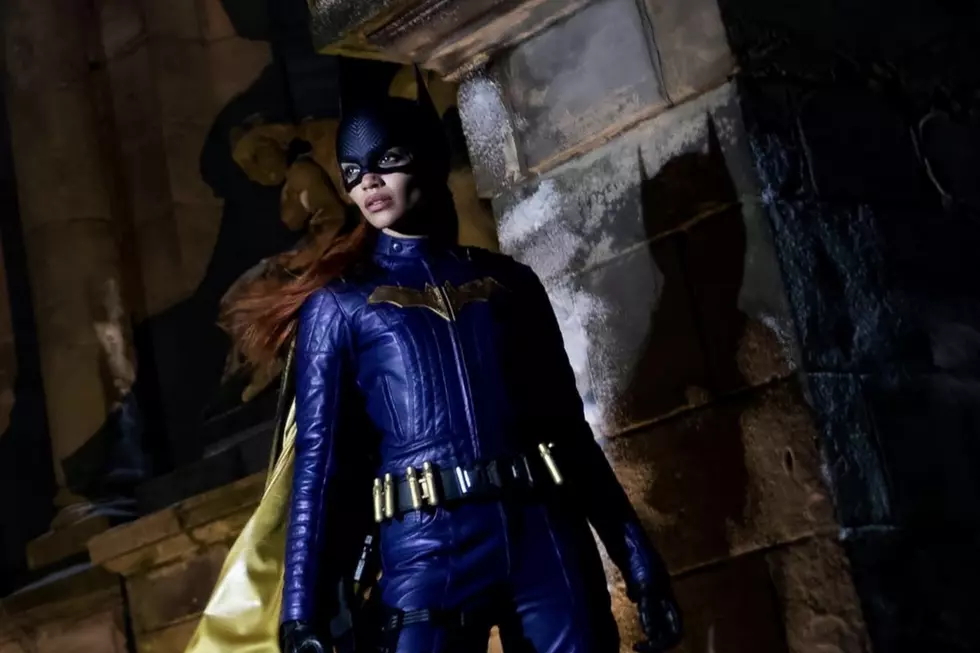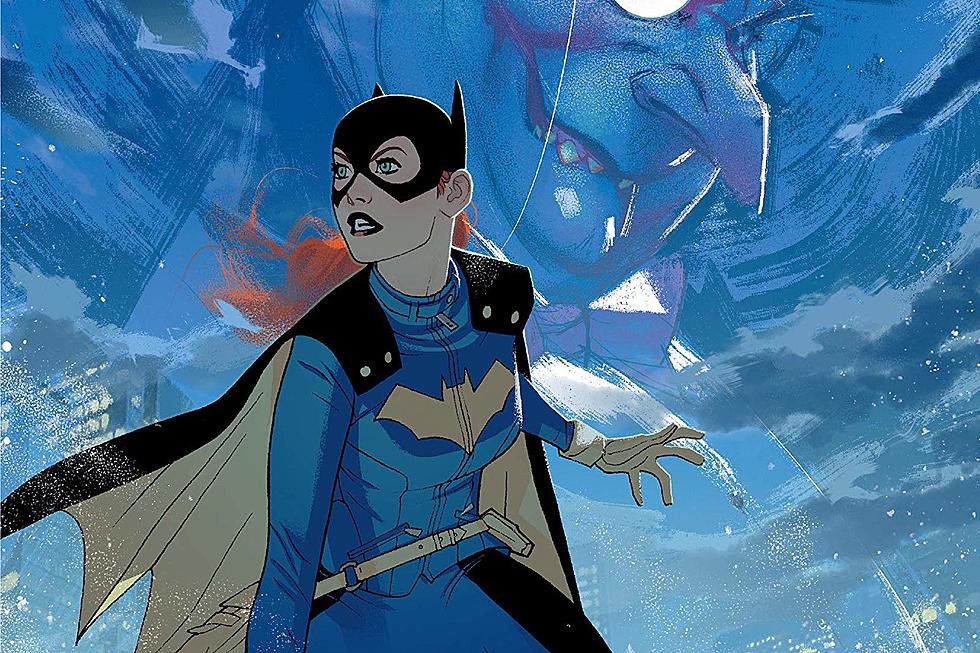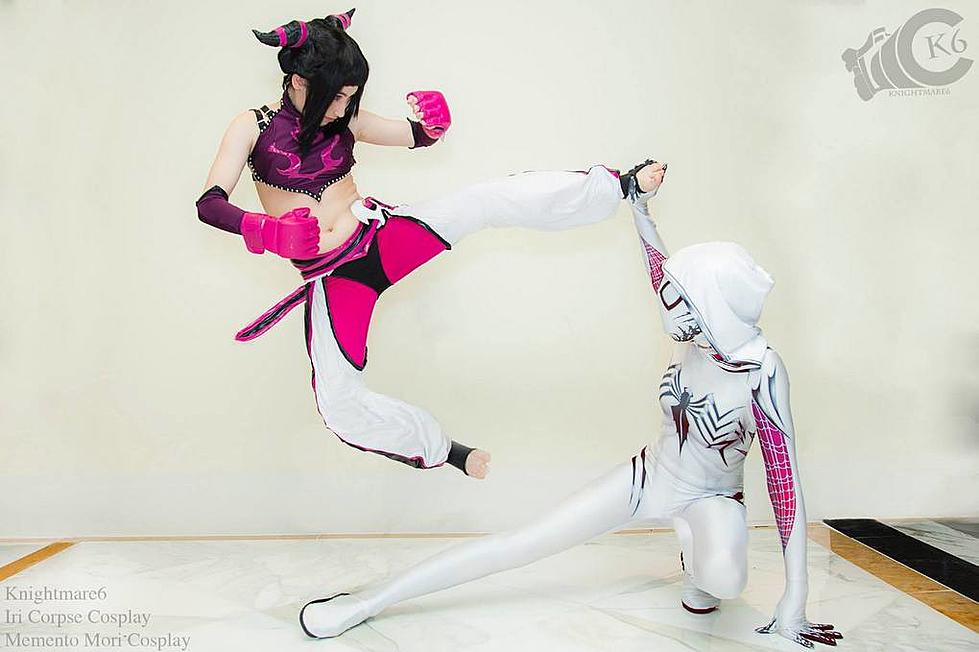
Far From Home, But Not Running Away: Hope Larson Talks ‘Batgirl’
Hope Larson has taken on a difficult task in writing Batgirl, and taking the book in a totally different direction from the wildly popular "Burnside" run by Cameron Stewart, Brenden Fletcher, and Babs Tarr that ended prior to DC Rebirth.
Her first two issues, illustrated by Rafael Albuquerque, follow Barbara Gordon on a trip to Japan to meet an elderly female hero, and then to Singapore to study mixed martial arts. With last week's release of Batgirl #2, ComicsAlliance spoke to Larson about getting to grips with the character and the challenges of taking Barbara in a new direction.
ComicsAlliance: One thing that clearly separates your run so far from the Fletcher/Stewart/Tarr run that preceded it is your focus on the skills that make Barbara Gordon Batgirl: her photographic memory and her ability to fight. It feels like a back-to-basics approach, even though you’re telling a complex story in an all-new setting. How deliberate is that choice?
Hope Larson: I guess it is back-to-basics in a way. I knew early on that I wanted this story to be about Barbara reexamining her abilities and looking for ways to reinvent them. It’s a reflection of my own approach to the book, which is, “Here are the tools and the character elements I’ve been given. How can I combine them in a new way?”
CA: It feels very “right now” (and I mean that as a compliment) to do a story about MMA in a comic about a young woman. Are you interested in MMA yourself?
HL: I wasn’t particularly interested in MMA before planning this arc. I wasn’t not interested, but I didn’t know anything about it. I knew this was something I wanted to use, and fortunately I have a friend, Diego McCafferty, who’s a big fan of MMA. He helped deconstruct it for me, and it’s an incredible sport. I watched a bunch of fights and YouTube videos that break down different techniques, and I read some essays. I jammed my brain with as much info as I could, and from there I had to cobble the fights together and hope everything would cohere and lock in with the thematic elements I was playing with.
I also read a lot about the Japanese and Singaporean MMA scenes, but ended up completely fictionalizing them because it made more sense for the story.
CA: Doing a story set entirely in Asia feels pretty fraught for a white writer on a book with a white protagonist. I know that had to be something you went in being mindful of, and I’m curious what steps you took to make sure you were approaching the cultures involved in these stories with respect.
HL: Endless research. I interviewed friends, both white and Asian friends, who have lived and worked and traveled in many of these places. I did extensive reading. I’ve written a lot about travel and I always research heavily and try to make things as accurate as possible. I write three-dimensional characters with their own histories and desires; even a character like Schoolgirl (from issue one) has stuff going on that we’ll learn about later. That’s the best I can do. I work with creators from other backgrounds as frequently as possible, particularly if a project (like Goldie Vance, with Brittney Williams) falls outside my lived experience, but I often don’t get to choose my collaborators.
CA: I want to return to the first issue for a minute and talk about Fruit Bat. I love the idea of other parts of the DC world having their own histories of superheroes, and especially female superheroes, that we’ve just never gotten to see before. What inspired that character?
HL: Fruit Bat is partly inspired by Sophie from Howl’s Moving Castle, but the main idea I was playing with was, Batgirl’s just come through a tough battle. She could have died. The life expectancy for a superhero can’t be that long, but here’s Fruit Bat, a centenarian! If anyone would have an idea how to stay alive over a life of superheroing, it would be her.
CA: Kai might be ones of the most fascinating love interests Barbara Gordon has had in a long time. Did you decide from the beginning that you wanted to put a new guy in Barbara’s life, or did his presence grow out of the larger story you’re telling?
HL: I like a little romance, you know? I wanted that to be an element. When I started writing the arc I thought Babs would be hooking up with a few different guys, but as Kai become a bigger part of the plot and a more interesting character to me, that approach went out the window.
CA: What’s your process like for working with Rafael? There’s so much going on with panel layout and timing in this book. How much of that is you, and how much of it is him?
HL: Rafael is incredible. My scripts are broken down into panels, but I don’t do layouts and I stay away from that sort of micromanaging unless an artist asks me to be more specific. And most artists I work with have page design ideas that are far and away more inventive than anything I would come up with.
CA: Was there ever any talk of giving Barbara a new costume, or did you always know the Burnside suit was sticking around?
HL: I always assumed it was sticking around. I like it, so I didn’t see any reason to change it. Plus, I didn’t want to cause problems for Batgirl & the Birds of Prey.
CA: I know you signed on to tell this specific story at this specific time as part of Rebirth, but in the long run, are you interested in eventually taking Barbara home? Do you have Burnside or Gotham stories you want to tell down the road?
HL: Hmm! I don’t know what I’m allowed to say about this one, but Babs is definitely going home to Burnside in the end. She's on vacation, not running away from her life.
More From ComicsAlliance






![DC Unveils Covers And Solicitations For June’s Bat-Books [Exclusive]](http://townsquare.media/site/622/files/2017/03/Batbooks.png?w=980&q=75)


